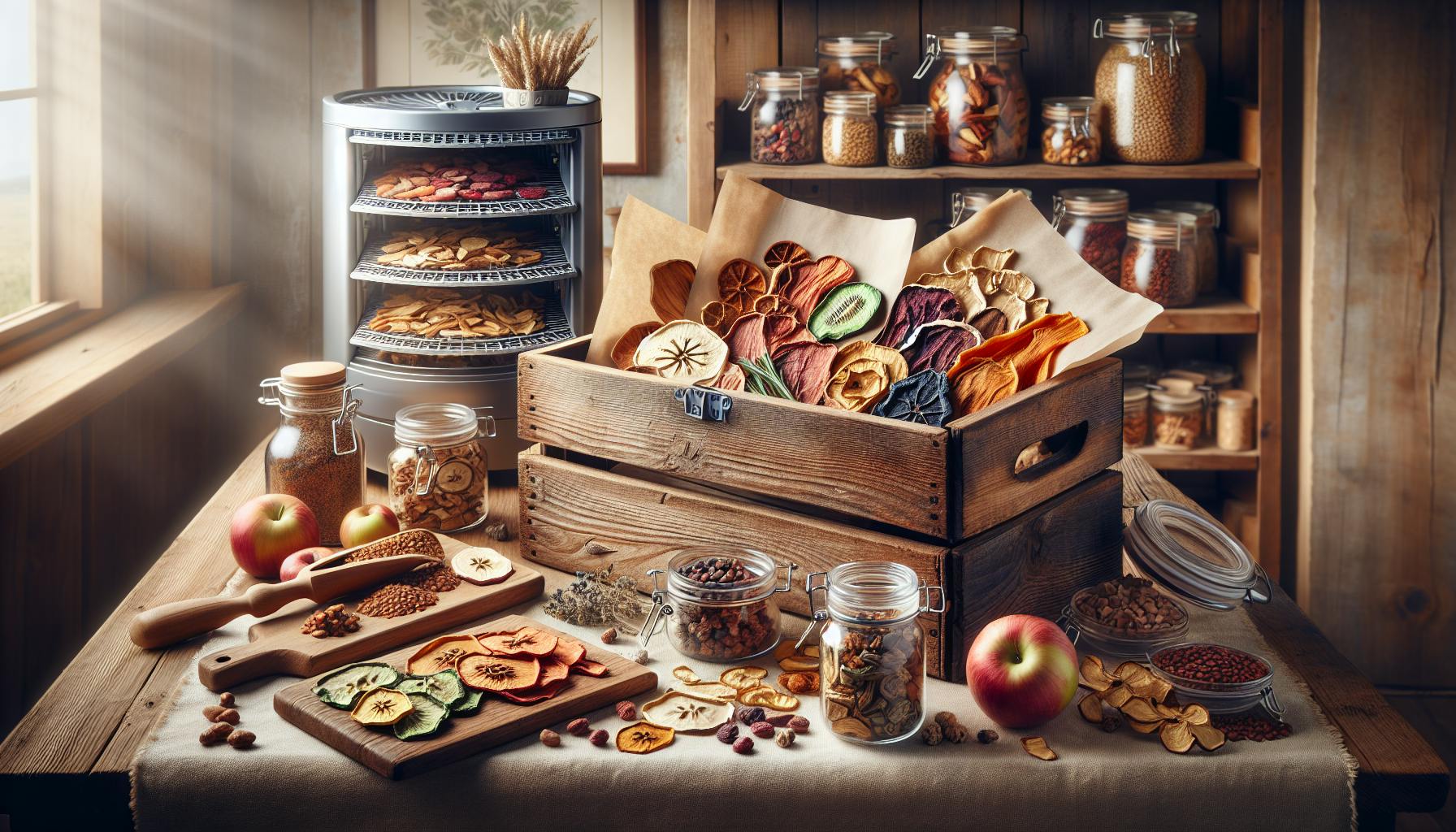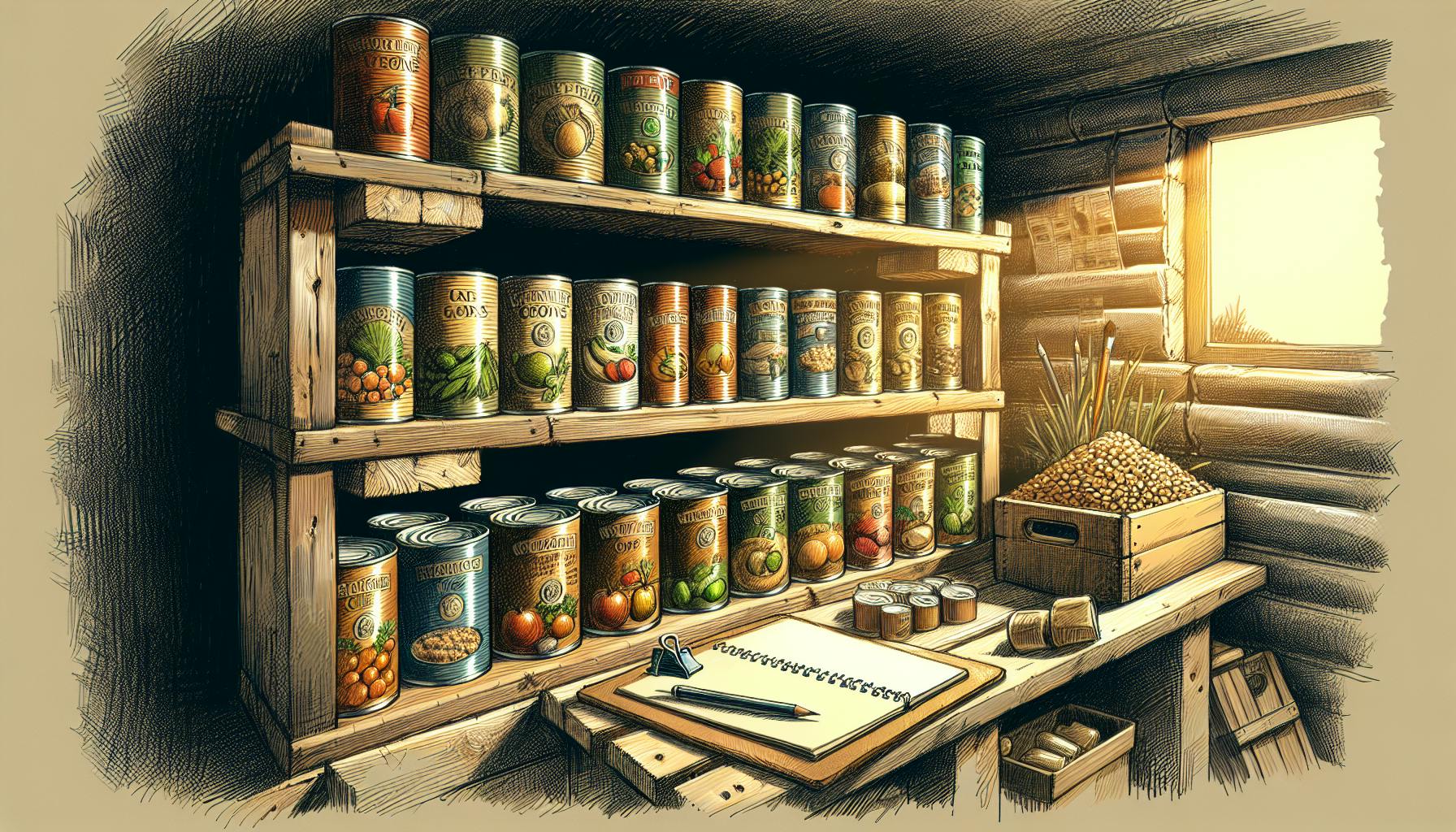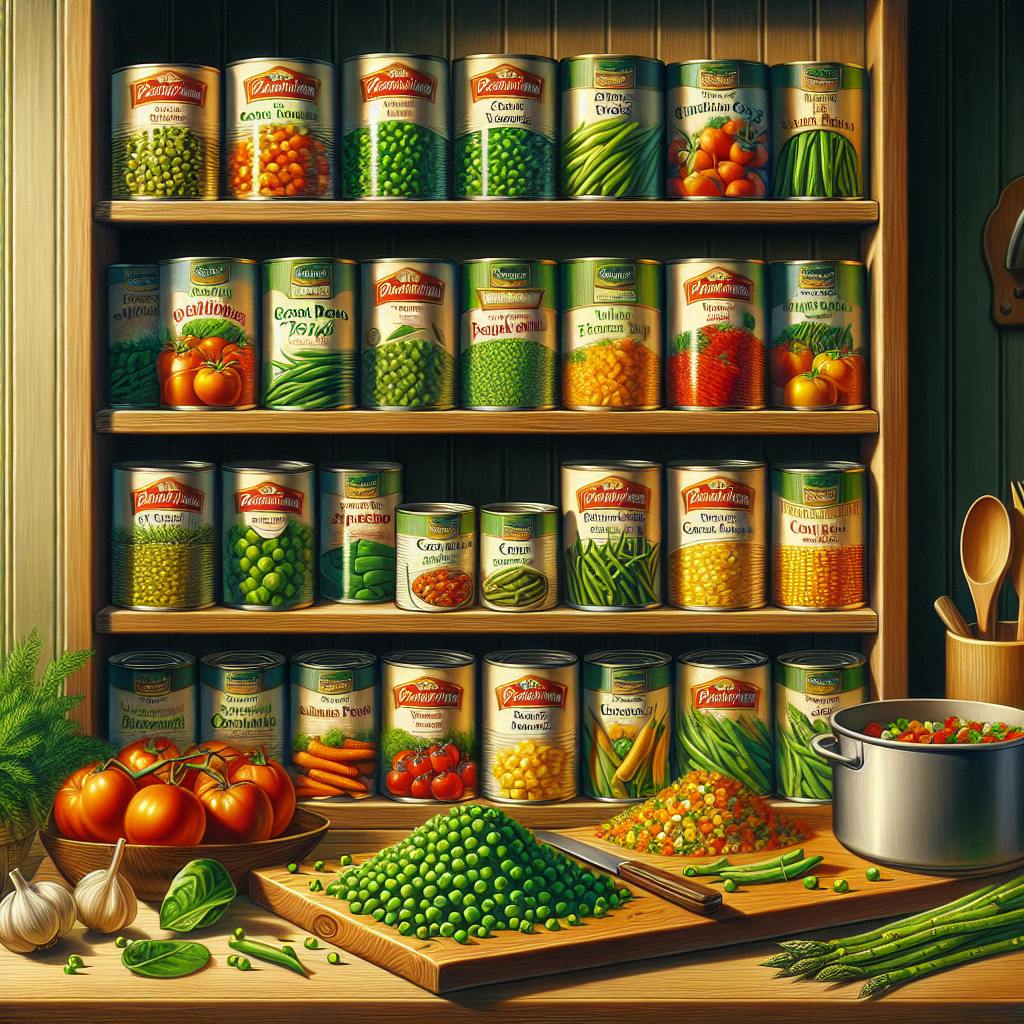When facing an emergency, having a well-stocked survival go bag provides critical resources and peace of mind.
This guide will walk beginners through building an essential 72-hour bug out bag tailored for evacuation preparedness.
You'll learn what to pack, from food and water to first aid and shelter, as well as tips for storage, training, and maintaining your critical go bag over time.
Introduction to Your Essential Survival Go Bag List
A survival go bag, also known as a bug out bag or 72 hour bag, contains the critical items you need to survive the first 72 hours of an emergency if you need to evacuate quickly. Having an emergency go bag prepared ahead of time can be the difference between life and death in a disaster scenario. This guide outlines the key components every survival go bag should include.
Understanding the Survival Go Bag
A survival go bag, sometimes called a bug out bag (BOB), is a portable kit that contains the essential food, water, and gear you need to survive for 72 hours. The purpose of a survival go bag is to allow you to quickly evacuate from an emergency with the critical items you need to sustain yourself until you can reach safety or additional supplies.
It's important for both beginner preppers and survival experts to understand what should go in an emergency go bag. An urban bug out bag list will look different than a wilderness survival kit. But all survival go bags should include basic necessities like food, water, first aid, tools, and other gear.
The Best Bug Out Bag: Starting with Quality
Investing in a durable, comfortable bug out bag is important to keep your critical survival gear protected. Key features to look for include:
- Durable, water-resistant fabrics
- Multiple compartments and pockets for organization
- Padded shoulder straps for comfort
- Chest and waist straps for stability
- Capacity of 40-60 liters to fit 3+ days of supplies
A quality bug out bag will securely carry all your emergency items, keeping them protected and organized for quick access when needed.
Emergency Go Bag vs. Urban Bug Out Bag List
While all survival go bags should contain necessities like food, water, first aid, tools, and other gear, the specific items on your list will vary depending on whether you are preparing for an urban or wilderness emergency scenario.
An urban go bag would focus more on supplies for self-reliance if infrastructure fails, like cash, batteries, duct tape, and work gloves. A wilderness go bag would emphasize navigation, shelter, fire-starting, and other outdoor survival basics.
Both kits should include region-specific items like medications, emergency contacts, pet supplies, or anything else unique to your family's needs.
Minimalist Bug Out Bag List: Covering the Basics
If you want to pack light, the key is covering the basics like:
- Water and water purification supplies
- High-calorie, lightweight foods like protein bars
- First aid kit with medications
- Multi-tool or pocket knife
- Emergency shelter such as a tarp, blanket, or bivy sack
- Fire starting supplies
- Flashlight or headlamp with extra batteries
- Navigation items like map, compass, GPS device
- Extra socks, weather-appropriate clothes
- Hygiene items like toilet paper, soap, feminine products
- Form of self-defense like pepper spray
Focus on the gear that is small, lightweight, yet gives you the absolute critical capabilities to survive. With practice, you can become highly mobile and still remain prepared.
Having a well-stocked survival go bag tailored to your specific risks and needs can provide invaluable peace of mind and preparedness for the unexpected. Follow this beginner's guide to pack the emergency essentials to keep your family safe.
What should you have in a survival bag?
A survival go bag, also known as a bug out bag, is essential for emergency preparedness. As a beginner prepper, focus first on gathering basic supplies for your bag.
Water and Food
Having water and food is critical in an emergency situation. Pack at least 1 gallon of water per person for several days along with non-perishable, high-protein foods like granola bars, nuts, and canned goods. This will provide sustenance as you evacuate or shelter in place.
Communication and Light Sources
Staying informed and visible is key for safety and rescue. Be sure to include a battery-powered radio, flashlight, extra batteries, and a whistle. The radio will allow you to get weather and news updates. The flashlight and whistle will help you navigate at night or signal rescuers.
First Aid Supplies
Having basic medical supplies on hand provides protection against injuries. A compact first aid kit with bandages, ointments, medicines, etc. can be lifesaving. Customize your kit based on your family's unique needs including pets, seniors, and prescription medications.
Start with these fundamental items for your survival go bag. Then build upon the basics as you advance in your prepping journey. The goal is not to carry your entire house, but have what you need to safely evacuate or shelter in place for 72 hours.
What essentials should be in a go bag?
When building a survival go bag, there are some key essentials to include that will help you get through the first 72 hours of an emergency situation. Here is a basic go bag list to get any prepper started:
Water and Food
Having access to clean water and non-perishable food is critical in an emergency. Some important items to pack include:
- Bottled water - 1 gallon per person per day minimum
- Granola/protein bars - at least 3 per day
- Canned goods with pop-top lids - soups, vegetables, fruits
- Dried fruits and nuts - lightweight and nutrient-dense
Hygiene and Sanitation
Personal hygiene is important for health and sanitation reasons. Be sure to include:
- Toothbrush, toothpaste, floss
- Deodorant, baby wipes
- Tissues, toilet paper
- Hand sanitizer, soap
Tools and Supplies
Reliable light sources, communication devices, and navigation tools will prove invaluable if the grid goes down. Have these on hand:
- Flashlight - hand crank or battery-operated
- AM/FM radio - hand crank or battery-operated
- Extra batteries
- Cell phone portable charger
- Paper maps of the local area
- Notepad, pens and pencils
Following this basic survival go bag list will give any prepper peace of mind knowing they have the bare necessities covered to survive several days, regardless of the situation. Customize based on your unique needs and don't forget to routinely check expiration dates and replenish as needed!
What should be in a get away bag?
A well-stocked get away bag, also known as a bug out bag or go bag, is an essential part of any emergency preparedness plan. Here is a recommended survival go bag packing list for beginners:
Food and Water
Having food and water is critical in an emergency situation. Ideal items to pack include:
- High-calorie, non-perishable food like protein bars, dried fruits and nuts, beef jerky, peanut butter packets
- At least 3 liters of water per person
- Water purification tablets or filter straw in case you need to source water
Shelter and Warmth
You'll want to be able to protect yourself from the elements in an emergency. Important items include:
- Emergency foil blanket
- Poncho
- Hand warmers
- Weather-appropriate clothing like jackets, gloves, and hats
First Aid
Having basic medical supplies on hand can help treat injuries and ailments. Essentials to pack:
- Adhesive bandages
- Gauze
- Antibiotic ointment
- Anti-diarrheal medication
- Pain medication
- Any necessary prescription medications
Tailor your get away bag to your specific needs, adding items for pets, children, or medical conditions. The goal is having the essentials on hand to survive for at least 72 hours. Periodically check expiration dates and replenish any depleted items. With a well-stocked go bag, you'll be prepared come what may.
sbb-itb-b932644
What is in the 72 hour assault pack?
A 72 hour assault pack, sometimes called a bug out bag or go bag, contains essential supplies to survive for 3 days in an emergency situation if you need to leave your home. This type of bag is lighter and more portable than a full bug out bag.
Here is a basic recommended survival go bag list for beginners:
-
Food and water - Pack high-calorie non-perishable foods like protein bars, dried fruits and nuts. Have at least 1 gallon of water per person per day. Consider water purification methods like portable filters or purification tablets.
-
Clothing and shelter - Pack an extra set of clothes appropriate for the climate, plus a light portable shelter like a tarp, blanket or emergency bivvy sack.
-
First aid - Pack a small first aid kit with bandages, gauze, medicines, etc.
-
Tools - Pack a pocket knife, duct tape, fire starting tools like matches and a lighter. A multi-tool can also be useful.
-
Light - Pack a flashlight or headlamp with extra batteries. Glow sticks also work well.
-
Communication - Have a battery bank to recharge devices, plus a radio for getting news. A whistle can also be used to signal for help.
-
Personal items - Have any essential medications, hygiene items, pet supplies, or items to meet your unique needs.
The goal of a 72 hour bag is portability and practicality. Focus on compact, durable gear that meets your basic survival needs. Adjust the contents to suit your situation - if evacuating by car, more supplies can be brought.
72 Hour Bug Out Bag List: Essential Categories
A well-stocked 72 hour bug out bag is crucial for emergency preparedness. Having supplies readily available can make all the difference in an evacuation scenario. This guide covers key categories to include in your bag.
Food: Sustenance for Survival
Pack high-calorie, non-perishable foods that don't require refrigeration or preparation:
- Canned goods like beans, vegetables, fruits, chili, tuna, chicken, etc. Prioritize pull-tab cans that don't require a can opener.
- Protein/granola bars
- Nuts and trail mixes
- Crackers
- Peanut butter
- Dried fruits
- Beef jerky
- Powdered milk, coffee, drink mixes
Consider special dietary needs like diabetes, allergies, celiac disease. Have at least 2000 calories per person per day.
Water: Hydration and Purification
Pack at least 1 gallon of water per person per day. Bottled water is ideal for portability. Also consider:
- Collapsible water bags/containers
- Water purification tablets (iodine, chlorine dioxide)
- Water filtration systems (pump, straw, or bottle-type)
- Emergency disinfection bleach
Water storage should be cool, dark, and air-tight. Replace stored water every 6 months.
Shelter and Warmth: Protecting Against the Elements
Having basic shelter and insulation is vital for survival. Pack:
- Tube tent or tarp
- Emergency blanket or bivy sack
- Sleeping bag rated for your climate
- Foam sleeping pad for insulation
- Hand/foot warmers
- Weather-appropriate clothing layers
- Rain poncho
- Hat, gloves, scarf
Focus on lightweight, packable options you can carry comfortably.
Clothing: Preparing for Weather and Mobility
Choose versatile, durable clothing suitable for weather extremes and physical activity:
- Moisture-wicking base layers
- Quick-dry shirts and pants
- Sturdy hiking shoes/boots
- Extra socks
- Weatherproof jacket
- Hat, gloves, scarf
Focus on breathability, flexibility, and comfort for extensive wear.
First Aid: Managing Health and Injuries
Medical issues can become dire without access to care. Pack:
- First aid manual
- Bandages, gauze, tape, trauma pads
- Antibiotic ointment
- Anti-diarrheal medication
- Oral rehydration salts
- Antacids
- Pain/fever relievers
- Prescriptions & medications
- Glasses, contacts
- Sanitation and hygiene items
Having basic first aid knowledge is also critical when professional care is limited.
Tailor your 72 hour bag to your needs, abilities, and environment. Conduct practice drills to identify any gaps. Refresh and resupply items every 6-12 months. With smart planning, you can handle short-term emergencies with confidence.
Special Considerations for a Family Emergency Kit
Families have unique needs when preparing an emergency kit. Addressing individual requirements ensures everyone's safety and comfort if disaster strikes.
Children: Ensuring the Safety and Comfort of the Young
Children depend on caregivers during emergencies. Include age-appropriate items in your survival go bag list like:
- Formula, food, snacks
- Diapers, wipes, rash cream
- Medications, children's pain reliever
- Favorite toy or blanket for comfort
- Activities like books, puzzles, coloring books
Packing familiar, comforting items will help minimize a child's stress.
Seniors: Addressing the Needs of Older Adults
Consider the unique needs of elderly family members:
- Extra medications and prescriptions
- Medical devices like glasses, hearing aids, dentures
- Mobility aids such as a cane or walker
- Adult incontinence supplies
- Blankets, pillows, warm clothes
- Special dietary foods if needed
These provisions boost safety and morale for seniors.
Pets: Don't Forget Your Furry Friends
Pets are family too. An emergency go bag for dogs, cats, or other pets should include:
- Pet food, treats
- Bowls, can opener
- Medications, health records
- Leash, collar, ID tag
- Crate or carrier
- Litter box and litter
- Toys, bed, blankets
Keeping pets comfortable maintains some normalcy and reduces anxiety.
Unique Family Needs: Customizing Your Kit
Consider each family member's needs like:
- Prescriptions, medical supplies
- Special dietary requirements
- Infant formula, diapers
- Pet food, medications
- Entertainment items
Customizing your 72 hour bug out bag list ensures everyone's needs are met.
Emergency Supply List: Keeping Documentation and Cash
Essential items for families:
- Copies of identification, health insurance
- Emergency contacts, phone numbers
- Cash in small bills, coins
- Map of the area marked with rally points
- Radio, flashlight, batteries
- First aid kit, multitool
These provide security, mobility, and convenience for the whole family.
Practical Tips for Maintaining Your Go Bag
Storage: Where to Keep Your Go Bag
It's important to store your survival go bag in an easily accessible place, so you can grab it quickly in an emergency. Consider keeping it in your car trunk, entryway closet, or under your desk at work. Just make sure it's somewhere you can reach easily. You may want to have multiple go bags stored in different locations.
Rotation: Keeping Supplies Fresh
Check and refresh your go bag supplies every 6-12 months. Replace expired food, water, medicine, and batteries. Update clothes and shoes if needed. Having fresh supplies ensures you'll be fully prepared. Consider noting the pack date on items as you rotate them.
Training: Familiarizing Yourself with Your Go Bag
Take time to thoroughly inventory your bag's contents. Make sure you know how to use every item properly. Familiarize yourself with key features like your shelter tent, water purifier, radio, and first aid kit. Test lighting features on flashlights and headlamps. Knowing your gear makes your go bag truly useful when it matters most.
Review: Regularly Updating Your Kit
Set reminders to fully review your go bag at least annually. Check if certain items need upgrading as your family's needs evolve. For example, pack extra baby supplies once you have kids. Update medical items as prescriptions change. Refresh clothes and shoes as children grow. Keeping your go bag current ensures it meets your household's unique needs.
Conclusion: Your Preparedness Journey Begins
Recap of Essential Go Bag Components
Having the right supplies in your go bag can make all the difference in an emergency. Focus on including food, water, first aid items, tools, clothing, personal documents, and other essentials tailored to your unique needs. Regularly check expiration dates and replace used items in your bag.
The Value of Readiness
Taking time to prepare now brings peace of mind for the future. A well-stocked go bag enables you to deal with unexpected events and take care of yourself and your family. Readiness saves lives.
Next Steps: Expanding Your Preparedness
Use your go bag as a starting point to expand your emergency plans. Consider making kits for your home, office, and vehicles. Involve your family in preparedness and make emergency communication plans. Get to know your neighbors and community resources as well. The journey to self-reliance begins with small steps.


